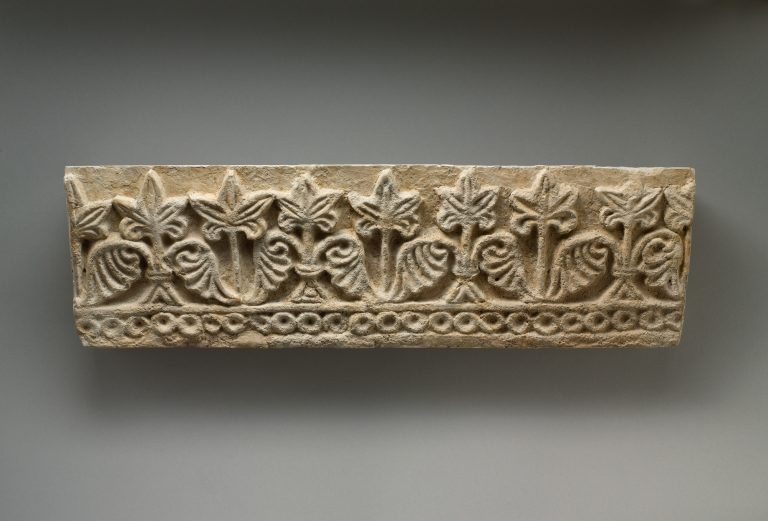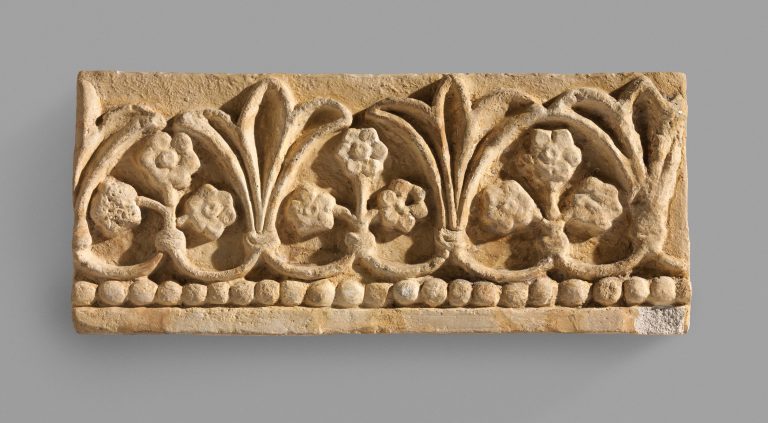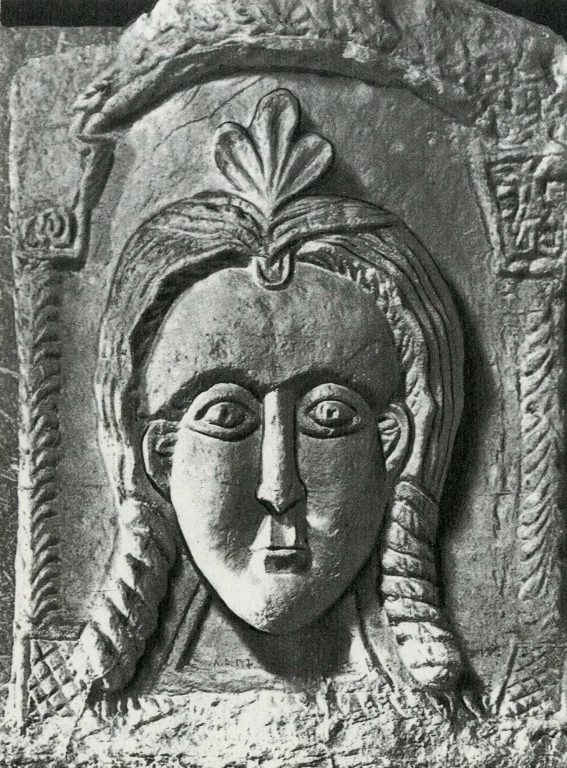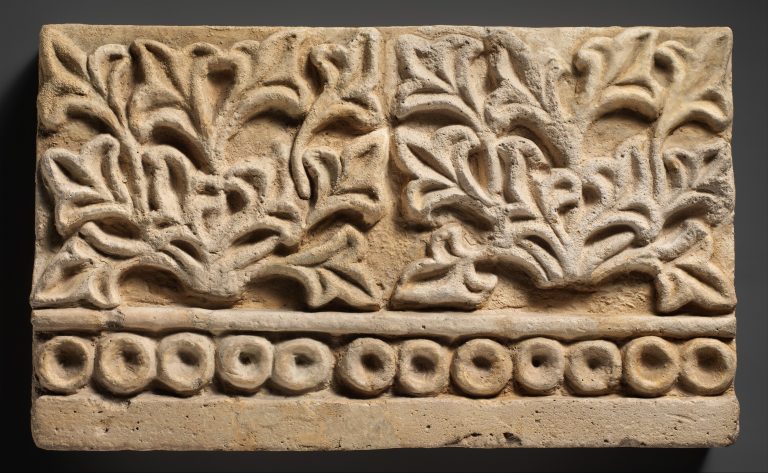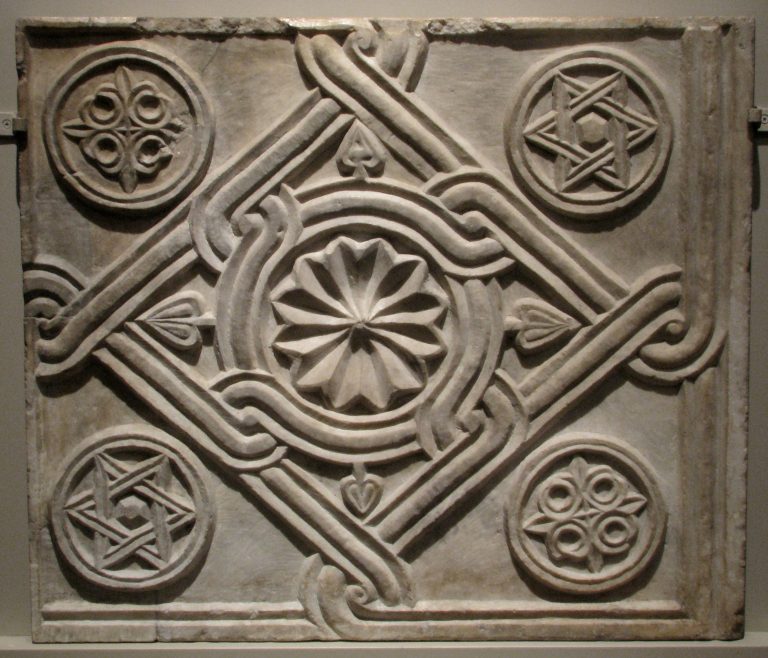

-
Objectdecorative relief: Relief
-
Type of arts & crafts
-
MediumGypsum alabaster
-
Size33 3/4 Г— 29 1/8 Г— 2 9/16 in. (85.7 Г— 74 Г— 6.5 cm)
-
Geography details
Iraq -
Country today
-
Dateca. 7th century B.C.
-
CultureAssyrian
-
PeriodNeo-Assyrian
-
Type of sourceDatabase “Metropolitan Museum of Art”
-
Fund that the source refers toMetropolitan Museum of Art
-
This doorsill is one of multiple examples designed to mimic a carpet that were used in doorways within the later Assyrian palaces. In a sense, they are a solution to the everyday practical problem of carpet wear in a heavily used space (e.g., a doorway), but a solution so signally expensive and labor-intensive that it does not make sense to see their use as a practical measure in reality. Like all Assyrian reliefs, their quarrying, transport, and carving involved difficult and time-consuming work. They would also have been painted, and where real carpet would eventually need replacing, these panels would presumably have needed to be repainted regularly.
The Assyrian palaces were filled with fine carpets and hangings, but none survive. With fluctuating moisture levels and often very high salinity, the Mesopotamian soil is not well suited to the preservation of organic materials. Unlike in Egypt, where very stable dry conditions have allowed significant quantities of textiles to survive, the recovery of textile fragments in Mesopotamian archaeology is rare. Representations of textiles in other media help to compensate for this loss, particularly when, as here, the designs and patterns that would have been used in real carpets are depicted in detail.





